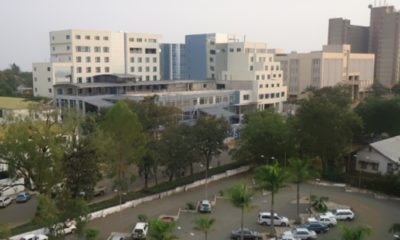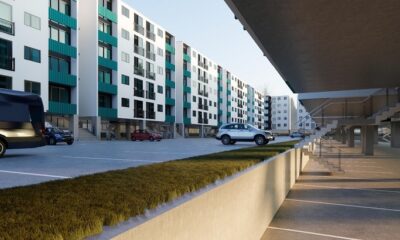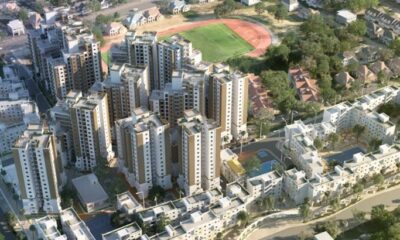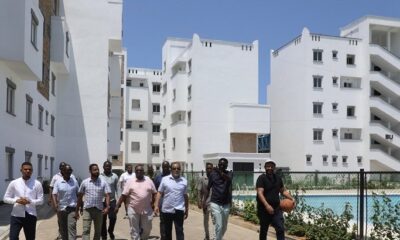Residential Projects
Work Begins on Africa’s Largest 3D-Printed Estate
Construction of 52-house Mvule Gardens in Kilifi began a few weeks ago.
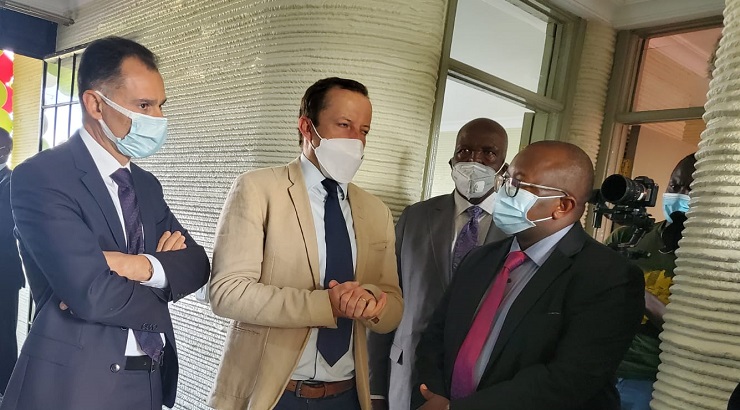
14 Trees, a joint venture between Holcim and CDC Group, has begun work on Africa’s largest 3D-printed estate in Kenya following the deployment of the technology into the country.
Dubbed Mvule Gardens, the 52-house complex in Kilifi will utilize Holcim’s proprietary ink, TectorPrint which the local subsidiary, Bamburi Cement, recently introduced into the market.
The Tector range gives the 3D printed walls structural function to bear the load of the house.
The development will offer 1 bedroom, 2 bedroom and 3 bedroom units starting at Sh2.46 millions in a low-density gated community project close to Kilifi town.
The show house, Trees House No. 0 – which officially opened in Dec. 2021 – has achieved EDGE Advanced Certification, which exemplifies achievement in 45% energy savings, 23% water savings, and 71% less embodied energy in materials.
Speaking during the show house’s ribbon cutting ceremony, Charles Hinga, the PS in the State Department for Housing and Urban Development, praised the project, saying it would potentially fast-track the delivery of affordable houses in Kenya.
“In line with the Affordable Housing Programme (AHP), and given the effects of climate change being experienced the world over, this project is indeed timely and opportune having achieved EDGE Advanced Certification.” Mr Hinga said.
“I also note that the cost of construction per square metre is reasonable, between Sh30,000 to Sh31,000 per sqm, thus lowering the sale price per square metre”.
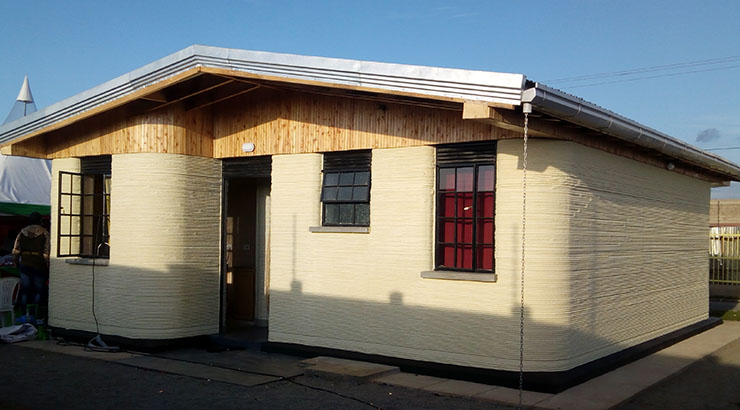
The futuristic 3D printing and smart design is likely to move Kenya towards hitting its ambitious target of delivering 500,000 units in five years under the AHP since house completion is faster – a wall can be built in just 12 hours.
The technology also cuts the environmental footprint of a house by more than 50%.
RELATED: How 3D Printing of Buildings Is Transforming Construction
Colm Halley, General Manager 14 Trees Kenya, said they were excited to be building one of the world’s largest 3D-printed affordable housing projects in Kenya.
“The GoK have made huge efforts to accelerate the development of Affordable Housing in Kenya. 14 Trees is committed to using innovative technology to support this, with houses that have a lower carbon footprint than traditional methods,” Mr Halley said.
“The announcement of Mvule Gardens and the inauguration of the show house in Nairobi are an exciting step to deliver beautiful affordable, eco-friendly homes in Kenya,” he added.
RELATED: World’s Finest 3D Printed Homes
Bamburi Cement managing director Seddiq Hassani said: “As part of Bamburi’s commitment to supporting the GoK’s Big 4 Agenda on affordable housing, we are delighted to be supplying our innovative building materials for this truly ground-breaking project.
“The material to be used in Mvule Gardens is part of our soon to be launched Tector range of mortar products, reaffirming our commitment to offering the Kenyan market with the highest quality, most innovative and greenest building materials”.
The Mvule Gardens in Kilifi is part of the Green Heart of Kenya regenerative ecosystem, a model for inclusive and climate-resilient cities.
Its advanced sustainability profile won an IFC-EDGE Advanced sustainable design certification, which recognizes resource-efficient and zero-carbon buildings.



